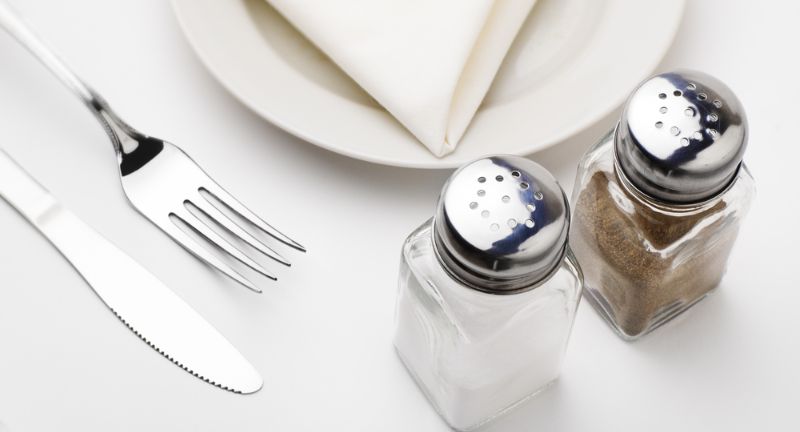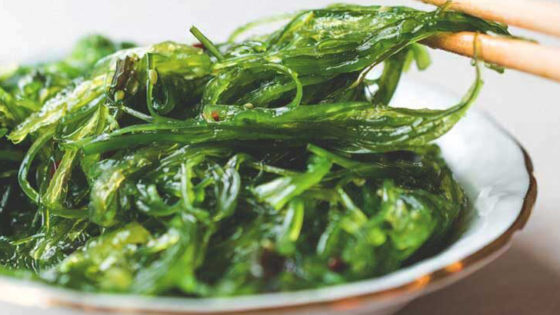FOOD
15 Dining Etiquette Rules That Are Going Out of Fashion
Published
9 months agoon

Shutterstock
Dining etiquette is an essential aspect of social interaction that can enhance the dining experience for everyone involved. Despite its importance, many basic etiquette rules are often overlooked in today’s modern society. These rules, ranging from proper utensil use to respectful conversation, ensure that meals are pleasant and enjoyable. Understanding and practicing these fundamentals can prevent awkward moments and demonstrate respect for fellow diners. Here are 15 dining etiquette basics that are commonly ignored but can make a significant difference when observed.
Arriving on Time

Shutterstock
Punctuality is crucial, especially for formal dining. Arriving late can disrupt the host’s schedule and other guests. It shows respect for the host’s effort and the time of other diners. Being on time sets a positive tone for the meal and avoids causing unnecessary stress.
Waiting to Eat

Shutterstock
Begin eating only after everyone at the table has been served. It’s polite to wait for the host to signal the start of the meal. This shows consideration for others and ensures everyone can enjoy their food together. Starting to eat immediately can be seen as impatient and disrespectful.
Using the Correct Utensils

Shutterstock
Start with the outermost utensils and work your way inward with each course. Many people forget this simple rule. Using the correct utensils helps to follow the flow of the meal properly. It also prevents confusion and potential embarrassment during formal dinners.
Napkin Etiquette

Shutterstock
Place your napkin on your lap as soon as you sit down and use it to dab (not wipe) your mouth. When leaving the table temporarily, place it on your chair, not the table. This helps keep the dining area neat and signals that you intend to return. Proper napkin use is a key aspect of table manners.
Chewing with Mouth Closed

Shutterstock
Always chew with your mouth closed and avoid talking with food in your mouth. It’s basic but often forgotten. This habit prevents showing partially chewed food, which can be unpleasant for others. It also helps in reducing the risk of choking and improves the overall dining experience.
Serving Others

Shutterstock
When serving food, pass dishes to the right. Offer to serve others before yourself, especially at formal dinners. This demonstrates consideration and politeness. It helps to create a communal and welcoming atmosphere at the table.
Bread and Butter

Shutterstock
Tear off a small piece of bread, butter it individually, and eat it one bite at a time. Avoid buttering an entire slice at once. This method prevents crumbs and keeps the dining experience tidy. It also encourages mindful eating and savoring each bite.
Posture at the Table

Shutterstock
Sit up straight and avoid leaning on the table with your elbows. This is a sign of good manners and respect. Good posture helps you eat more comfortably and can aid digestion. It also projects confidence and attentiveness during the meal.
Handling Silverware

Shutterstock
When finished eating, place your silverware parallel on your plate, with the handles resting on the rim at the 4 o’clock position. This signals to the server that you are done. Properly placed utensils prevent confusion and make the server’s job easier. It’s a simple but effective way to show consideration in a dining setting.
Reaching for Items

Shutterstock
Instead of reaching across the table, politely ask for items to be passed to you. This avoids awkward stretching and the risk of knocking things over. It also respects the personal space of other diners. Asking politely enhances the dining experience for everyone.
Proper Use of Salt and Pepper

Shutterstock
Always pass salt and pepper together, even if only one was asked for. This is a customary practice. It prevents the other diner from having to ask again for the missing item. It’s a small gesture that demonstrates attentiveness and thoughtfulness.
Excusing Yourself

Shutterstock
When you need to leave the table, politely say, “Excuse me,” rather than just getting up. This signals your departure to others without being abrupt. It shows respect for the ongoing conversation and meal. Returning with the same politeness maintains the etiquette standard.
Cell Phone Use

Shutterstock
Keep cell phones off the table and on silent mode. Engaging with your phone during a meal is considered disrespectful. It distracts from the conversation and the dining experience. Giving full attention to the meal and company is a sign of respect.
Small Talk

Shutterstock
Engage in light, pleasant conversation and avoid controversial topics that might make others uncomfortable. Small talk helps build rapport and keeps the atmosphere relaxed. It ensures that everyone can enjoy their meal without tension. Focusing on neutral topics is key to a positive dining experience.
Thanking the Host

Shutterstock
Always thank the host before leaving. Acknowledge their efforts in preparing the meal and hosting the gathering. This gratitude shows appreciation and respect. It leaves a positive impression and encourages future invitations.
Conclusion

Shutterstock
Paying attention to dining etiquette can transform a simple meal into a memorable experience. By adhering to these often-overlooked basics, you show respect and consideration for your fellow diners and hosts. Good manners reflect well on you and can lead to more enjoyable and harmonious social interactions. Remembering these simple rules can enhance your dining experience and leave a positive impression on others. Ultimately, dining etiquette is about fostering a pleasant atmosphere and making everyone feel comfortable.
Related Topics:

More From Lifestylogy
-


The One Recipe Ina Garten Cannot Master
-


Ben & Jerry’s Postpone Free Cone Day Due to Coronavirus
-


Subway Announces Menu Overhaul Following Tuna Controversy
-


Starbucks Pumpkin Spice Latte to Return Earlier Than Normal!
-


The Two Foods Jennifer Lopez Never Eats!
-


30 Healthy Foods That Don’t Cost a Fortune
-


Suffering From High Blood Pressure? These Five Foods Will Help
-


Burger King Adding Crispy Tacos to Their Menu
-


Dietician Predicts the Biggest Health Food Trends for 2021